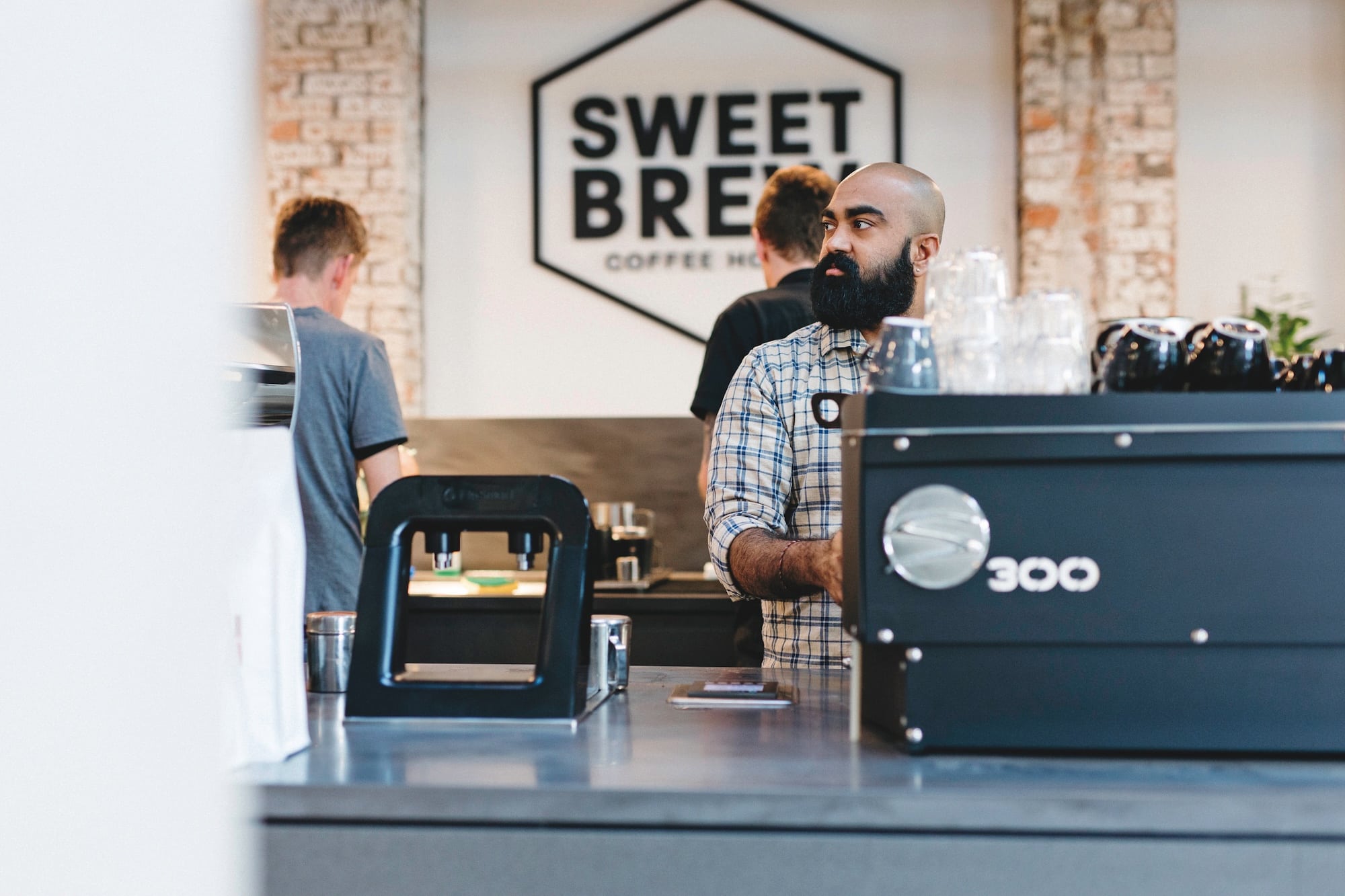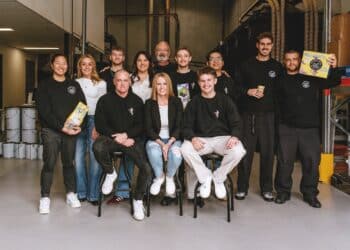It’s becoming increasingly expensive to operate a café in Australia or New Zealand. Brett Bolwell, Founder of Barista Equip, shares five tips for café owners to keep costs down and potentially increase revenue.
Over the past five years, Australia and New Zealand’s café scenes have endured an unrelenting series of obstacles that have seen prices rise across the board – from green-bean prices to staff wages to rent. As a result, many operators are having to find ways to shrink their outgoings and increase revenue in order to stay afloat as consumers reduce the number of coffees they consume outside of home.
“The rising cost of operating a café is one of the industry’s most pressing issues right now,” says Brett Bolwell, Founder of equipment and solutions provider Barista Equip.
“The price of green beans has received a lot of attention recently, which is an issue that will likely continue, but labour costs have also increased dramatically – as have rent, power, and many other factors that go into running a café.”
However, as a solutions-focused individual, Brett believes there are ways café owners can reduce some of their outgoings, as well as create avenues of opportunity to bring in additional revenue.
1. Embrace the power of automation
Since the rise of the Puqpress in the early 2010s, the adoption of automated equipment to streamline the coffee brewing process has become increasingly common in coffee shops across the region.
While Brett admits investing in new automatic equipment may have a significant initial outgoing, he believes the potential savings in labour costs, efficiency, and consistency often outweigh the expense.
“One of the biggest challenges for large coffee chains and busy city-centre stores is the speed the barista team can deliver drinks. If there’s a queue out the door, customers will often go onto the next café where they won’t have to wait so long,” he says.
“Introducing an automatic milk steamer such as the Perfect Moose can significantly improve efficiency and reduce wait times. Cafés that implement automatic technology such as this can expect to reduce the labour attached to milk steaming by between 25 and 40 per cent.”
For the preparation of chilled coffee drinks such as iced lattes and cold brew, dispensing solutions such as the FloSmart can offer similar efficiency.
“We’ve been working with one of Australia’s largest coffee shop groups to reduce the time it takes to produce chilled beverages,” says Brett.
“We can officially now say we have the fastest cold coffee dispensing unit in the world, reducing the current average time of around one minute 10 seconds per serve to just under six seconds to prepare two. That’s more than 500 per cent quicker.”
With staff wages often the second biggest expense for café owners after rent, Brett says technology like the FloSmart can reduce labour costs by up to 40 per cent.
2. Invest in equipment that will stand the test of time
Most people know the saying ‘buy cheap, buy twice’, but when operating a business sometimes the budget won’t stretch to the top-of-the-range model of the many items needed to operate day to day.
However, Brett suggests many of the latest innovations in equipment and technology are prioritising longevity without the hefty price tag.
“Grinder burrs are a good example. Many manufacturers are now releasing burrs coated with materials such as Alinox that can provide more than seven times the lifespan of standard steel burrs, without costing seven times the price,” he says.
“That not only saves the cost of replacing the burrs but also the time and expense of having a service technician change them.”
Water filtration is another area in which Brett says café owners could save time and money.
“Filtration companies are in the business of selling more filters, so they’ll often set up a cyclic change every six months – there are some cafés out there now changing their filters three or four times a year,” he says.
“Most water filters will last a year, but what’s important is how much use they are getting and whether they need to be changed. There’s no point in changing them just because you’re on a cycle and it’s due, so find out how much they’re being used and replace as required.”

3. A little bit of work goes a long way
Maintaining equipment, keeping it clean, and reporting any minor issues can save servicing costs down the line. According to Brett, keeping up these small but frequent actions can reduce the number of visits technicians make for repairs.
“Speaking to some of the biggest roasters in the region, many of them are prioritising reducing maintenance costs as this is something they have control of compared to green-bean prices,” says Brett.
“A busy store might receive three or four service visits a year for minor issues and one or two for major servicing. If this can be reduced by one or two per year, the operator will see a significant cost reduction – especially if they have multiple venues.”
Even if servicing is covered under your coffee partnership, avoiding major issues will reduce machine downtime and ensure the venue can keep serving customers – and keep the till ticking over.
4. Don’t miss out on the signature drinks hype
Having a strong menu of core drinks that serves the demands of its customers is central to a successful café business. But as trends come and go, Brett says it’s worth keeping an eye of what’s in vogue to maximise sales and attract new customers.
“For many venues, it’s worth developing a wider chilled drinks menu. Cold coffee is no longer just a trend and is a great way to reach new markets such as Gen Z. While most people still have their morning coffee ritual, many are seeking an alternative in the afternoon such as iced matcha.”
Recently partnering with Da Vinci Gourmet syrups to act as its exclusive Australian Distributor, Barista Equip has been keeping abreast of market research in the area. According to Brett, broadening the menu and adding signature drinks specials presents an intriguing opportunity to increase revenue.
“Margins on signature drinks are much higher,” he says. “High-end drinks such as pistachio-foam lattes might have a cost of goods of about $2.50 but can sell for $8 or $9. Compared to a standard latte, it’s a significantly better profit margin.”
5. Consider going mobile
Rent is another area in which Brett sees opportunity for cost savings. While most operators are locked into leases, those looking to open a second or third venue could explore the option of coffee carts and mobile venues.
“At the moment we’re getting a lot of interest in our luxury coffee carts, and I think this will only grow in the next year or so,” he says.
“From a business perspective, it’s low rent and a greatly reduced initial setup expense. Placing a cart in a retail setting, the operator can run a profitable business with a very small footprint. The barrier to entry is very low.”
For more information, visit baristaequip.com.au
This article appears in the August 2025 edition of BeanScene. Subscribe HERE.




